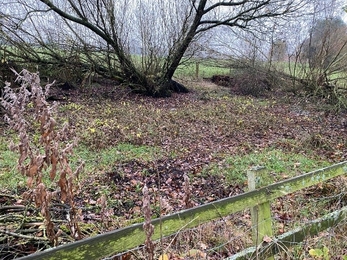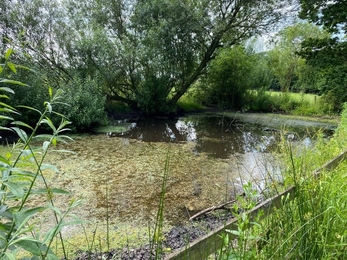The river Swale is said to be one of the fastest flowing rivers in England, living up to the Anglo Saxon word ‘Sualuae’ - meaning rapid and likely to deluge. It starts at the confluence of Birkdale and Great Sleddale Beck in the Yorkshire Dales, passing through many idyllic villages and busy towns before joining the River Ure near Myton-on-Swale.
As the Swale runs through the landscape its waters are appreciated by many; from human activities such as paddle boarding, swimming and fishing, walking along its banks on the Coast to Coast path, to providing a vital water source for animals and wildlife.
Sadly over the years the Swale has faced many challenges that have degraded its healthy waters, including pollution, sediment accumulation and loss of floodplains and natural habitat.
In fact, over 50% of historic wetland habitat – which includes the river and the wetter land that surrounds it – has been lost from the mid-Swale area since the early 19th century, and much of what remains is severely fragmented.


